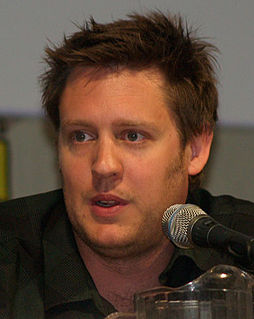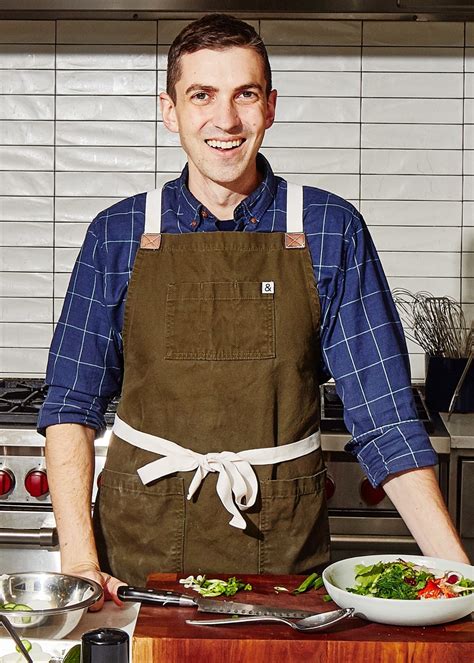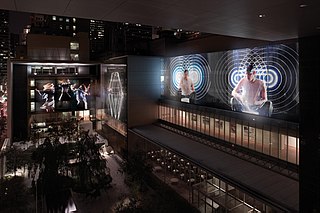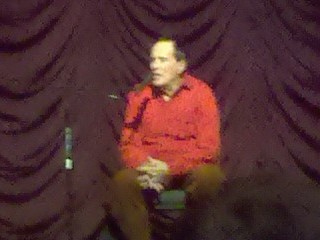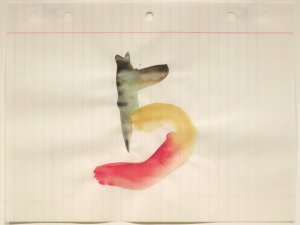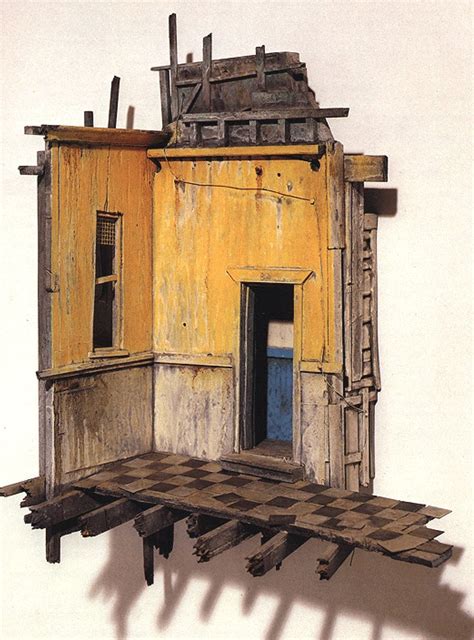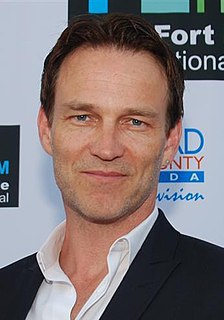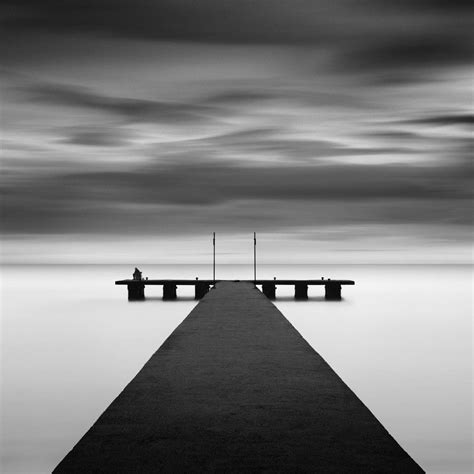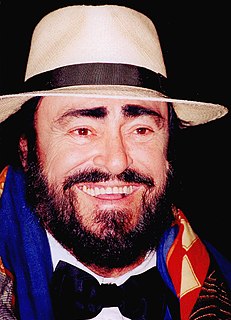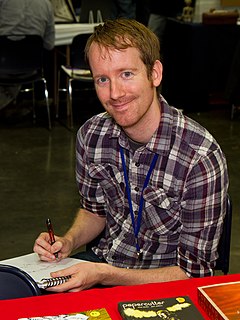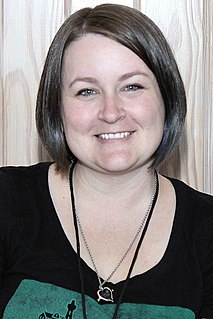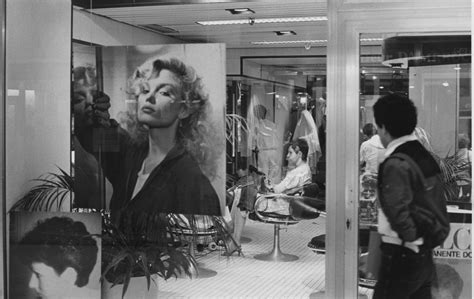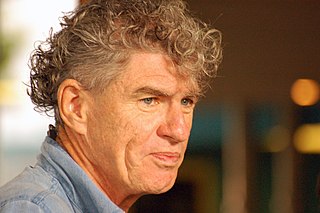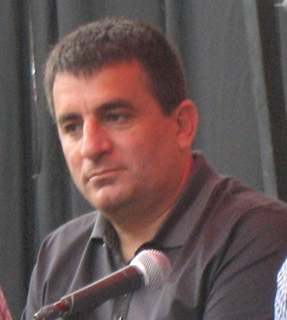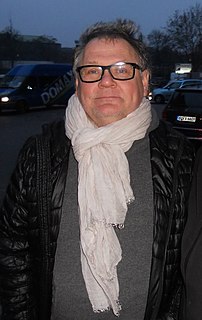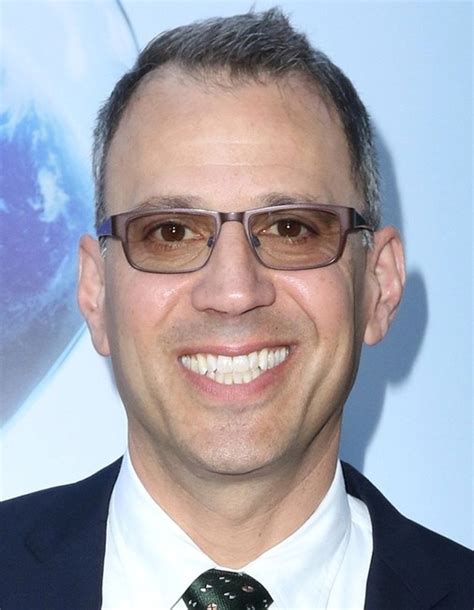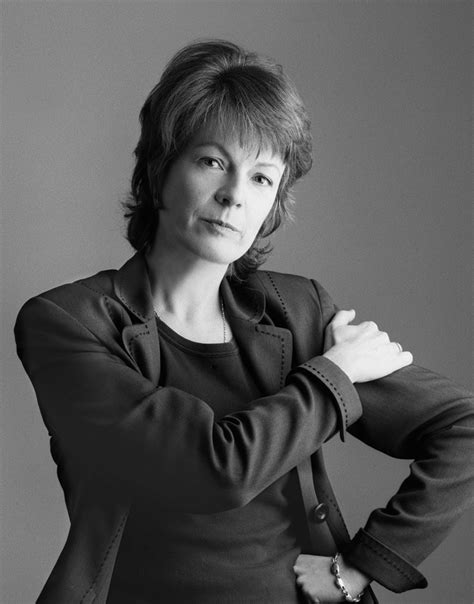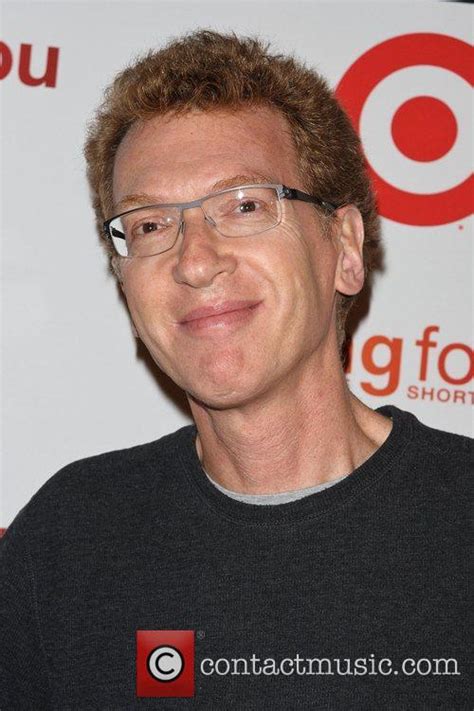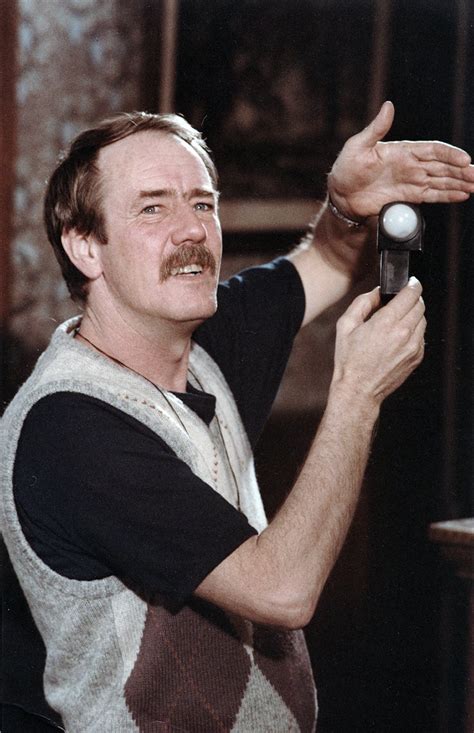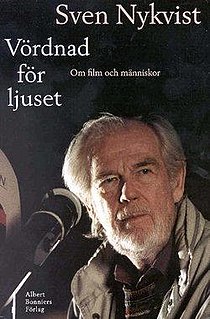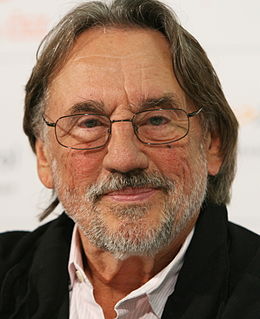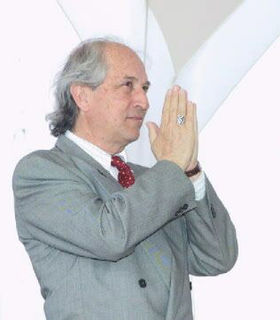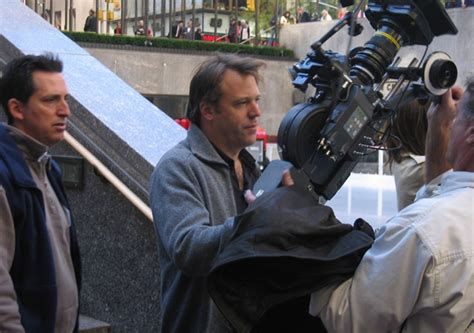A Quote by Seamus McGarvey
It's interesting vocalizing something that is visual.
Quote Topics
Related Quotes
My favourite stuff is visual, and I always want to work with visual artwork. I think it depends on the person, but for me, photographs of an image of something interesting or inspiring is worth a lot more than words to me. I think every concept I've come up with and turned into films or that will be hopefully become a film comes from images first.
I try to remember dreams, and occasionally I'll make a note or two in a notebook if it's something extra interesting. They do mean quite a lot to me, and they don't happen all that often. In other words, I don't have some kind of loud, Technicolor dream every night. But a few times a month, I'll have a rather interesting dream. They're mostly visual - oddly enough, I don't have much dialogue in my dreams. They just don't speak.
If you're going to be a visual artist, then there has to be something in the work that accounts for the possibility of the invisible, the opposite of the visual experience. That's why it's not like a table or a car or something. I think that that might even be hard for people because most of our visual experiences are of tables. It has no business being anything else but a table. But a painting or a sculpture really exists somewhere between itself, what it is, and what it is not-you know, the very thing. And how the artist engineers or manages that is the question.
Usually in theater, the visual repeats the verbal. The visual dwindles into decoration. But I think with my eyes. For me, the visual is not an afterthought, not an illustration of the text. If it says the same thing as the words, why look? The visual must be so compelling that a deaf man would sit though the performance fascinated.
You see a lot of interesting visual irony on movie sets all the time, you know duality, set illusions, the reality, all that stuff. You play with interesting materials that you couldn't afford to otherwise. You meet interesting people that you work with, have special machinists or mold makers and make-up people, and people who make prosthetic appliances for actress' faces. It's really interesting kind of witch's brew of people in that business, aside from the sleeze bags you hear about on the financial end.
As far as stimulus from the visual arts specifically, there is today in most of us a visual appetite that is hungry, that is acutely undernourished. One might go so far as to say that Protestants in particular suffer from a form of visual anorexia. It is not that there is a lack of visual stimuli, but rather a lack of wholesomeness of form and content amidst the all-pervasive sensory overload.


